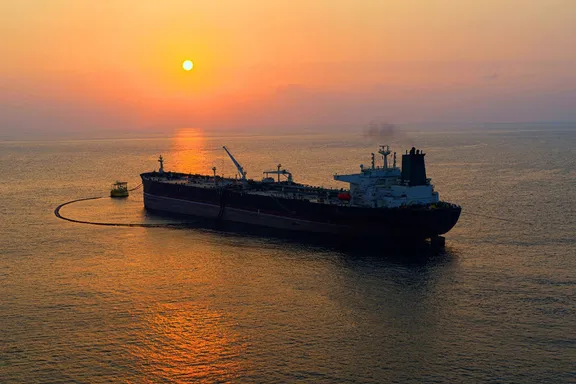Global oil glut, price drop spell more trouble for Iran next year

Iran may be heading into even greater financial strain as fresh data points to a worsening outlook for global oil markets, threatening the country’s most vital source of revenue.

Iran may be heading into even greater financial strain as fresh data points to a worsening outlook for global oil markets, threatening the country’s most vital source of revenue.
The International Energy Agency (IEA) says global demand in 2025 will grow by less than 700,000 barrels per day (bpd), while supply is set to rise by 2.5 million bpd— leaving a surplus of more than 1.8 million bpd.
The imbalance will likely push prices down, with the US Energy Information Administration (EIA) forecasting Brent crude to average just $51 in 2026.
Already under heavy US sanctions and burdened by chronic budget deficits, Tehran now faces the prospect of falling oil prices and growing supply gluts.
Iran would need oil at roughly $164 per barrel to balance its budget this year and next, according to the International Monetary Fund (IMF).
‘Little hope for growth’
Iran exported around 2.5 million bpd of crude and condensates before the Trump administration withdrew from the 2015 nuclear deal and reimposed sanctions in 2018.
That figure has dropped to about 1.6 million bpd in the first seven months of this year, based on Kpler data—nearly 90% bound for China.
Homayoun Falakshahi, a senior analyst at Kpler, told Iran International that even a lifting of sanctions would do little to improve Tehran’s export capacity.
“Falling reservoir pressure and surging domestic consumption mean any meaningful growth in exports is unlikely,” he said.
Iran’s domestic consumption has climbed by around 400,000 bpd since the return of US sanctions. Around 80% of output comes from aging fields that lose 5–8% annually, with little new capacity developed in recent years.
Deeper discounts, mounting debt
Iran’s reliance on small independent Chinese refiners, or “teapots,” leaves it vulnerable to price shifts.
These buyers already demand steep discounts, and the IEA projects global markets will face an additional surplus of 1.2 million bpd in 2026.
Such a glut—the deepest since the COVID-19 collapse—will make sanctioned oil harder to sell. Tehran is likely to be forced into offering even deeper discounts, further eroding revenues.
With crude still the backbone of government revenue, lower export earnings will aggravate Tehran’s fiscal crisis.
IMF data shows public debt has soared 85-fold since 2011, reaching $150 billion roughly—or 37% of Iran’s GDP.
The IMF projects debt will reach nearly 42% of GDP in 2026 and exceed 45% by 2030.